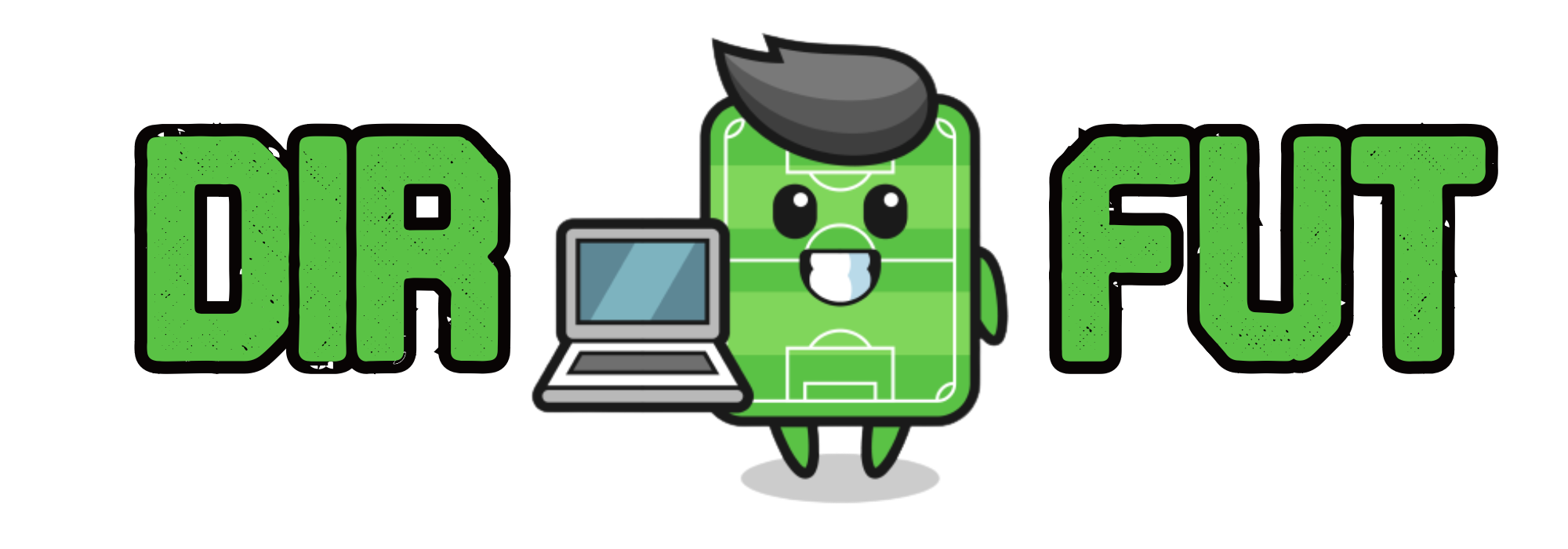
Pochettino’s new 4-2-3-1 at Chelsea with inverted fullback
Mauricio Pochettino has arrived at Chelsea with an evolution in his game plan. Until now he favored the 4-2-3-1 with wide attacking full-backs, although at Chelsea we are going to see that idea alternate with inverted full-backs adapting to the new trends in football.

The first key is that Pochettino insists building possession from the back. From the first pass, he wants to create numerical advantages to work the ball forward and reach the attacking half in an organised set-up. The centre-backs drop either side of the goalkeeper, while the defensive midfielders take up positions to form triangles around members of the opposition’s front line. These overloads create passing lines out from the back.



Second key: wingers drifting inside to open a passing lane, helping Chelsea’s progression and creatinh spacefor the fullbacks. In many plays this movement creates a box midfield.


The third one is overloading the wings with the help of the attacking midfielder that drops, taking a defender, which then opens up space in the central channel. The winger inverts to pin the defender and the fullback runs up the wing. A triangle is generated giving Chelsea many paths to progress.


Fourth key: the movements off the ball by Nkunku or Nico Jackson to exploit the spaces created by their teammates, as well as being a constant threat running behind the backline.


And the final key is the main novelty of Pochettino in this shape, invert the fullback with the winger giving width which causes many doubts in the opposition creating weaknesses in the defensive block. To implement this idea players like Malo Gusto thanks to his good technical level that allows him to make good combinations and break pressing lines with few mistakes.


If we add to all this that Pochettino is testing alternatives such as a 3-2-5 shape, I think Chelsea will be one of the teams that will improve the most in the next Premier League.



